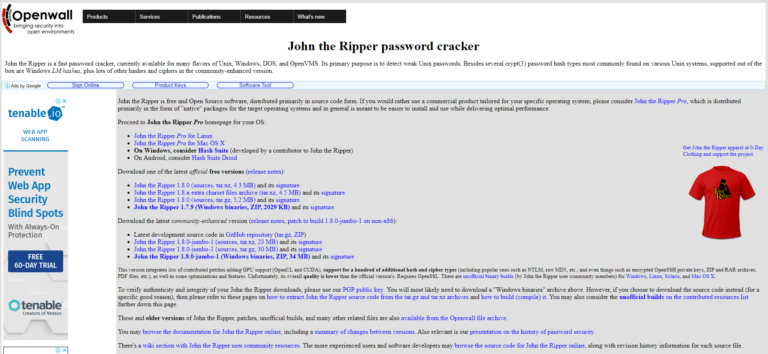


Rest of the password string is interpreted. Then instead of using the DES machine, id identifies theĮncryption method used and this then determines how the "$id$" followed by a string terminated by "$": If salt is a character string starting with the characters It takes 10 seconds to generate a hash, and is generally awful.ly funny! There are a lot of workarounds for Bash’s inability to handle NUL bytes in strings. MD5-crypt doesn’t do any such tricks, and can be implemented in terms of any MD5 library, or even the md5sum util.Īs regular reads might suspect, I’ve written a shell script to demonstrate this: md5crypt. The original crypt was DES based, but used a modified algorithm to prevent people from using existing DES cracking hardware.
#How to use rainbowcrack for crypt unix password hash 64 bits
However, at that time the salt was 12 bits and the number of rounds 25 - quite adorable in comparison with today’s absolute minimum of 64 bits and 1000 rounds. Additionally, it uses stretching to make brute force attacks harder (but just linearly so).Īs an aside, these techniques were used in the original crypt from 1979, so there’s really no excuse to do naive password hashing anymore. MD5-crypt employs salting to make precomputational attacks exponentially more difficult. With rainbow tables, a beautiful time–space tradeoff, you can do pretty much the same in 15 minutes.

Thanks to GPGPUs, a modern gaming rig can easily try 5 billion such passwords per second, or go over the entire 8-character alphanumeric space in a day. Just running md5sum on a password and storing that is just marginally more secure than storing the plaintext password. What’s the difference in generating these hashes? Why are they different at all? However, the password hashes you find in /etc/shadow look nothing like what md5sum returns. If you haven’t reinstalled recently, chances are you’re using MD5-based passwords.


 0 kommentar(er)
0 kommentar(er)
